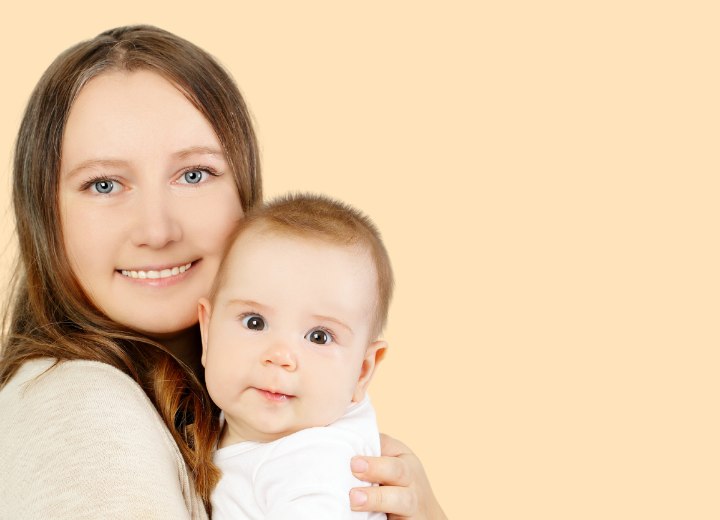Baby's Hair Growth

A: The good news is that what you're observing is likely completely normal, especially depending on your baby's age. Understanding your baby's hair growth patterns can help put your mind at ease.
Here's what's actually happening: when hormone levels decrease, hair follicles stop producing new growth and enter what's called the telogen phase, which is essentially a resting period before the hair actively sheds. This is why you might notice patchy areas or slower growth in certain spots, like your baby's forehead.
The reassuring part is that most babies begin to establish their own natural hormonal rhythm between 8 to 12 months after birth, and that's when you'll typically see the hair growth cycle kick back into gear. What's particularly interesting is that each individual hair follicle operates on its own timeline for growing, resting, and shedding phases. This means some areas of your baby's head might appear to grow faster than others, which is perfectly normal.
Don't be surprised if you notice changes in your baby's hair texture, curl pattern, or even color as they grow. These transitions can sometimes happen quite rapidly and are driven by growth hormones and overall development. Your baby's hair will likely go through several different stages before settling into what will become their mature hair characteristics.
However, there are some situations where it's worth checking in with your pediatrician. If your child is approaching their first birthday and you're still seeing bald patches or areas where hair simply isn't growing at all, it's worth having a professional take a look. This is especially true if you notice any signs of scalp irritation, redness, or other unusual symptoms in those areas.
There's absolutely no harm in bringing up your concerns with your pediatrician at any point, regardless of your baby's age. Having accurate information and professional guidance can help you feel more confident about what's normal and what might need attention. After all, being an informed parent is one of the best things you can do for your child's health and your own peace of mind.
©Hairfinder.com
See also:
How to take care of your baby's hair
How to wash a baby's hair
How parents determine a baby's hair color